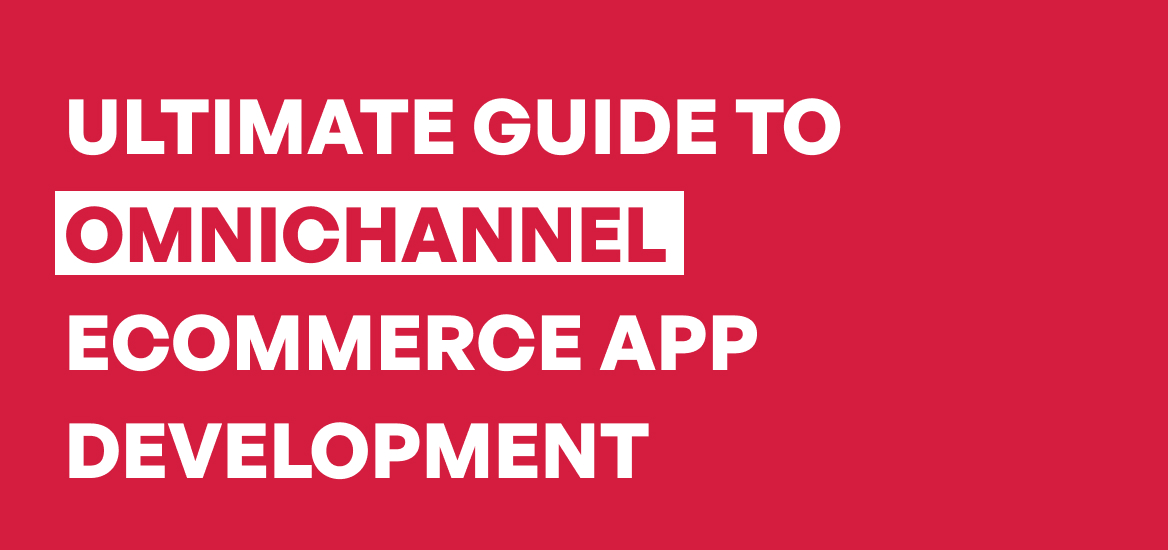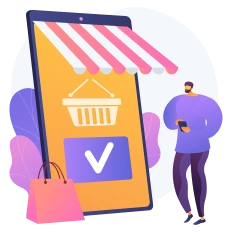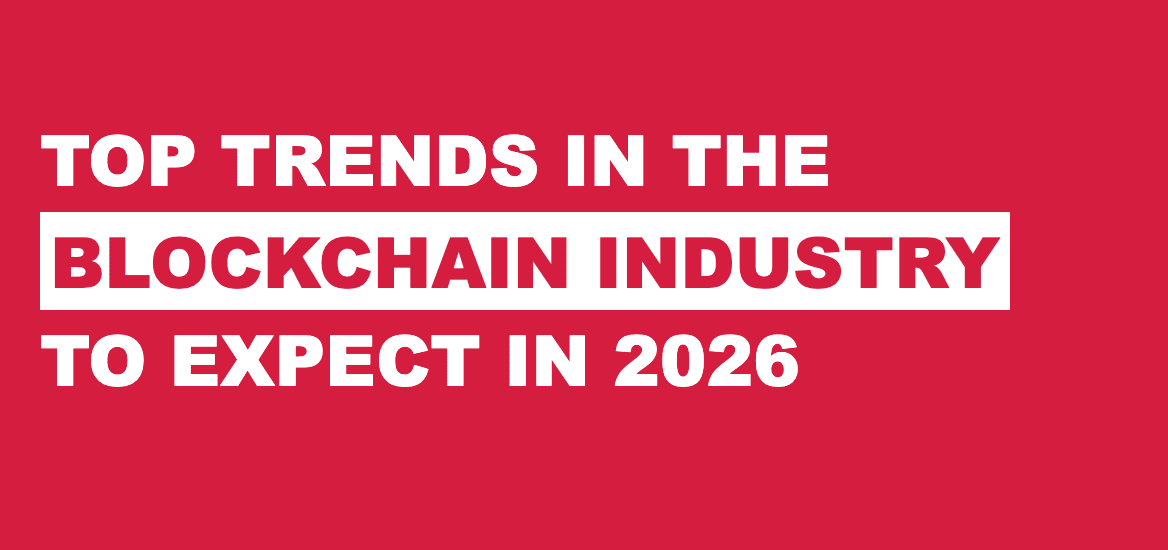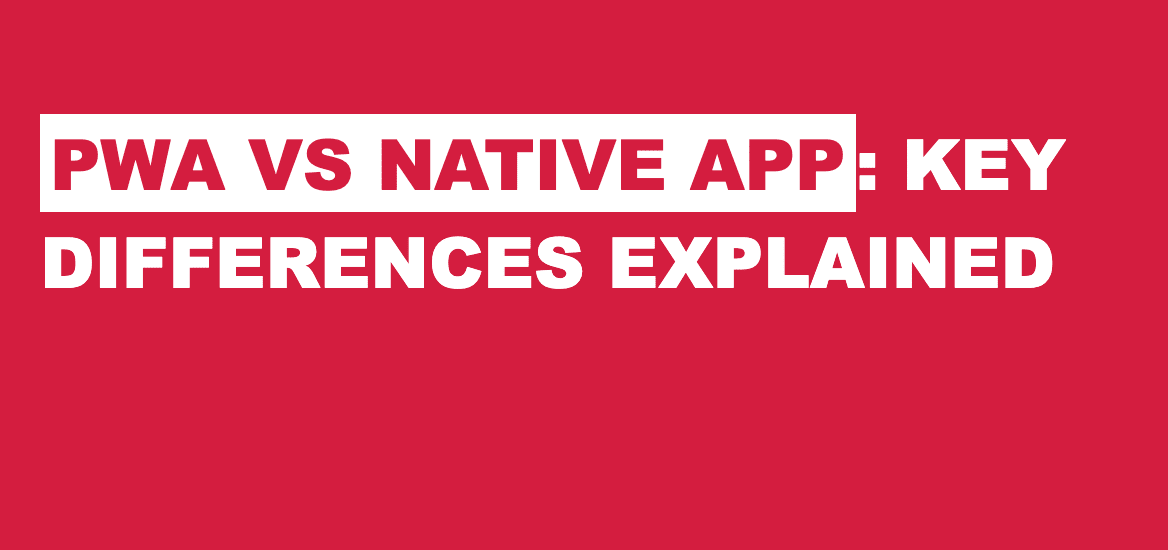Ultimate Guide to Omnichannel Ecommerce App Development

In today’s era of advanced technology, users expect a seamless shopping experience that is personalized, available right from the mobile app, website, and physical store. Ever imagined the scenario, interested in purchasing a t-shirt that you saw on Instagram? Later on, I visited the app and added it to the cart for purchasing. Before that, I went to the brand store and gave it a try, and then finally ordered it. Isn’t it amazing with the smooth process? Well!! This is what it’s all about: the omnichannel ecommerce apps. This is more feasible for existing businesses that have their brand and want to explore more in the online market.
The evolution of this has increased the demand among users, and hence, there is a rise in omnichannel ecommerce app development. As many of the brands are looking to expand their business across different regions. Just having presence on multiple channels is not enough, but having a strong ecommerce platform is a must. Let us explore in depth what Omnichannel ecommerce app development is, its benefits, and strategies.

What is Omnichannel Ecommerce?
Omnichannel ecommerce delivers a consistent personalized customer experience to its users using different channels. However, the fact that multichannel vs omnichannel has a huge difference. With multichannel commerce, the customers operate on different channels, whereas in Omnichannel ecommerce, it is a synchronization of all that includes buying online, browsing using an app, and can also return the product in store with no disruptions. Developing omnichannel ecommerce app helps provide a seamless shopping experience to users & also boosts sales, loyalty & engagement.
Market Statistics of Omnichannel Ecommerce
Undoubtedly, the COVID-19 pandemic has changed the way of shopping experience among users. However, the research shows that there is a substantial increase in the market size of omnichannel ecommerce apps. There is an 89% increase in customers who prefer an omnichannel app as compared to others. As per Google, customers who engage with Omnichannel have 30% more business value as compared to others. Also, there has been a 71% increase in the customers who prefer to view in-store inventory and others to pick up from the store and buy. However, the overall market is predicted to reach up to $350 billion by 2030
Benefits of Omnichannel Ecommerce App Development
Depending on the size of the ecommerce business, there are various benefits of omnichannel ecommerce solutions. No matter if the business is small, mid-level level or enterprise-level, developing omnichannel ecommerce app offers benefits like personalized customer experience, understanding customer requirements and journey, an increase in conversion, etc. The following explores more benefits offered –
- Enhanced Customer Shopping Experience: This type of ecommerce app development offers an enhanced shopping experience to the customers. It helps to understand the customer requirement and accordingly provide a personalized experience. It offers recommendations to the customer on the preference, purchase history, and behavior of the user.
- Insight into Customer Journey: With omnichannel ecommerce, it allows businesses to understand the customers’ requirements by their shopping behavior, their preferences, with their visits to different channels. By tracking the interactions with different channels, identifying the pattern it helps to optimize the customer shopping experience and accordingly deliver the same.
- Boost Sales: For businesses, it is a great opportunity to boost their sales by providing a consistent shopping experience using different channels. Customers can do their shopping at ease, and it also helps to increase the conversion rate for businesses.
3 Simple Steps: Get Started with Omnichannel Ecommerce App
Still, there are many of them wondering about how to build an omnichannel ecommerce application. Here are some of the steps that help to get started
Audit Current Channels
Analyze in depth the existing offline channels, identify gaps and how to fulfill these gaps with opportunities. This will help to develop the omnichannel ecommerce strategy and focus more on the efforts and getting the results.
Investing in Technology
Here, investing in technology means getting the ecommerce app development services to develop an omnichannel ecommerce app. The customer can discover products across different channels, the website, the application, and can fulfill them through home delivery or can get it from the store. A custom omnichannel ecommerce app can help increase brand loyalty among users.
Enhanced Customer Experience
There should be a consistent experience to the customer with the same level of service and personalization. This will help to interact with the brand easily and make the customer more engaged.
Tech Stack for Omnichannel Ecommerce App Development
To develop an omnichannel ecommerce app, the following technology stack is followed –
- Frontend Development – React Native and Flutter, Progressive Web Apps (PWAs)
- Backend Development – Node.js, Django, or .NET Core, APIs (REST or GraphQL) enable third-party integrations.
- Database Management – MongoDB or PostgreSQL
- Cloud Platform – AWS, Azure, or Google Cloud
Cost to Develop an App like Omnichannel Ecommerce
The omnichannel ecommerce app development cost ranges from $10,000 to $500,000 or more, depending on the requirements, features to be integrated, and platform chosen. Generally, it depends on the complexity of the project. Whereas, developing an omnichannel ecommerce app with more advanced features like multi-vendor support and real-time analytics can cost $150,000+.
Also Read : The Importance of Mobile Responsiveness in eCommerce App Development
Case Studies: Top Successful Omnichannel Ecommerce App
- Starbucks: Starbucks is a good example of an omnichannel ecommerce app as it allows a seamless experience to the users across different channels. Customers can experience using an app that is integrated with the in-store system and can also pick up their order rather than waiting in line.
- Nike: Nike has made a big brand name that offers a unified shopping experience to customers with its website, app, social media, as well as physical stores. Here, it allows customers to customize the product online and can also reserve the product and later try it in-store.
Future Trends in Omnichannel Ecommerce
AI is becoming more prominent in different ways, offering more personalized solutions. AI in an omnichannel ecommerce app will help in real-time analysis and have a predictive intent. Also, integrating AR allows customers to have trials with virtual reality, in turn improving the conversion rate. Smart business needs smart solutions; hence, integrating voice commerce with smart assistants will help engage customers and know their requirements in depth.
Read More: Future Trends in Ecommerce App Development: What to Expect in 2025
Build Your Ecommerce App!

Conclusion
Every business nowadays is looking to stay ahead in the competitive world. Hence, it requires a smarter solution to explore the business. For a business, omnichannel ecommerce app development provides a personalized shopping experience to the customers, increasing sales and fostering loyalty. It also helps to map the customer shopping journey, which helps to understand what they are looking for. But to develop an omnichannel ecommerce app, an ecommerce app development company can offer a complete business solution that enhances the business opportunities.
Frequently Asked Questions
Omnichannel ecommerce app development is all about developing a shopping app that provides a consistent and connected shopping experience to customers, including app, website, social media, and physical store. It provides a seamless shopping experience to the users, making it easy to start, pause, or finish their purchase anytime, anywhere.
Key features of an omnichannel ecommerce app include real-time inventory syncing, shared shopping carts, a single customer profile across channels, and consistent checkout experiences.
The cost to develop an omnichannel ecommerce app in 2025 can range from $40,000 to over $250,000. There are different factors responsible that includes design complexity, number of platforms (iOS, Android, web), features like real-time syncing or AI personalization, and integrations with CRM, payment systems, or ERP tools
The tech stack of omnichannel ecommerce app development includes –
- Frontend Development – React Native and Flutter, Progressive Web Apps (PWAs)
- Backend Development – Node.js, Django, or .NET Core, APIs (REST or GraphQL) enable third-party integrations
- Database Management – MongoDB or PostgreSQL
- Cloud Platform – AWS, Azure, or Google Cloud
With multichannel, customers can shop using different platforms like a website, mobile app, or physical store, but each channel works separately. Whereas in the case of an omnichannel ecommerce app, it connects all platforms in one, offering a seamless shopping experience.
















